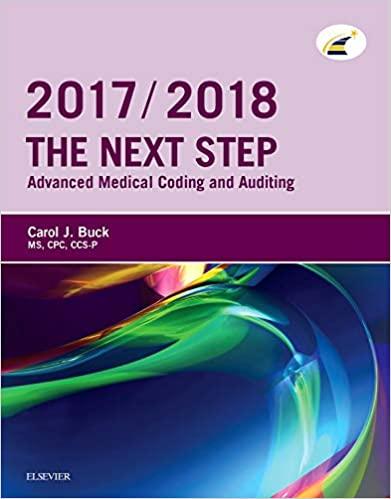Question
Dan Barnes, financial manager of Ski Equipment Inc. (SKI), is excited but apprehensive. The company's founder recently sold his 51% controlling block of shares to
Dan Barnes, financial manager of Ski Equipment Inc. (SKI), is excited but apprehensive. The company's founder recently sold his 51% controlling block of shares to Kent Koren, who is a big fan of EVA (economic value added). EVA is found by taking the after-tax operating profit and then subtracting the dollar cost of all the capital the firm uses:
EVA = NOPAT - Capital costs = EBIT(l - T) - W ACC(Capital employed)
If EVA is positive, then the firm is creating value. On the other hand, if EVA is negative,the firm is not covering its cost of capital, and shareholders' value is being eroded. Korenrewards managers handsomely if they create value, but those whose operations produce negative EVAs are soon looking for work. Koren frequently points out that if a company could generate its current level of sales with fewer assets, it would need less capital. That would, other things held constant, lower capital costs and increase its EVA.
Shortly after he took control of SKI, Kent Koren met with SKI's senior executives to tell them of his plans for the company. First, he presented some EV A data that convinced everyone that SKI had not been creating value in recent years. He then stated, in no uncer- tain terms, that this situation must change. He noted that SKI's designs of skis, boots, and clothing are acclaimed throughout the industry, but that something is seriously amiss elsewhere in the company. Costs are too high, prices are too low, or the company employs too much capital, and he wants SKI's managers to correct the problem or else.
Barnes has long felt that SKI's working capital situation should be studied the company may have the optimal amounts of cash, securities, receivables, and inventories, but it may also have too much or too little of these items. In the past, the production manager resisted Barnes's efforts to question his holdings of raw materials inventories, the marketing manager resisted questions about finished goods, the sales staff resisted questions about credit policy (which affects accounts receivable), and the treasurer did not want to talk about her cash and secur- ities balances. Koren's speech made it clear that such resistance would no longer be tolerated.
Barnes also knows that decisions about working capital cannot be made in a vacuum. For example, if inventories could be lowered without adversely affecting operations, then less capital would be required, the dollar cost of capital would decline, and EVA would increase. However, lower raw materials inventories might lead to production slowdowns and higher costs, while lower finished goods inventories might lead to the loss of profitable sales. So, before inventories are changed, it will be necessary to study operating as well as financial effects. The situation is the same with regard to cash and receivables. Barnes began




Step by Step Solution
There are 3 Steps involved in it
Step: 1

Get Instant Access to Expert-Tailored Solutions
See step-by-step solutions with expert insights and AI powered tools for academic success
Step: 2

Step: 3

Ace Your Homework with AI
Get the answers you need in no time with our AI-driven, step-by-step assistance
Get Started


